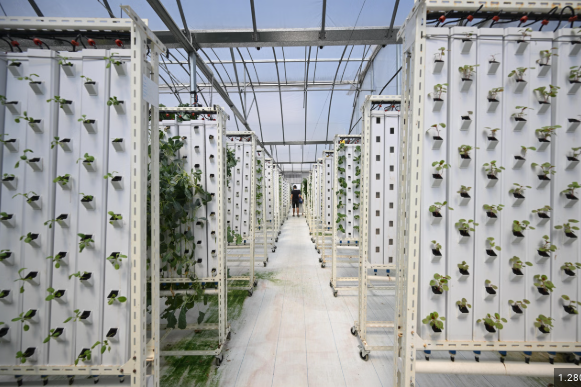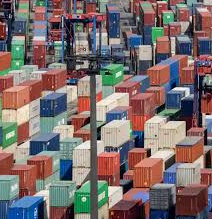Reconsidering the Feasibility of Achieving 30% Local Food Production by 2030
Singapore’s ambitious “30 by 30” goal—aiming to locally produce 30% of its nutritional needs by 2030—is increasingly facing challenges, with recent setbacks in the agricultural sector casting doubt on its feasibility. While the intention behind the target is to ensure greater food security for the nation and reduce reliance on imports, the reality of achieving such a high level of self-sufficiency in food production may not be as straightforward as initially hoped.
Over the past few years, the agriculture industry has seen several closures that highlight the difficulties local producers face. Well-known businesses such as Oh Chin Huat Hydroponics Farms (which closed in 2021), Lian Wah Hang Quail & Poultry Farm (shut down in 2023), and the Barramundi Group (which ceased fish production in Singapore) are just a few examples of industry players who have faced obstacles. These closures, combined with other challenges faced by the agricultural community, suggest that Singapore’s push to reach 30% local food production by 2030 may be more unrealistic than previously thought.
A closer look at national-level statistics supports this view. While some sectors, such as hen shell production, have shown growth, the share of locally produced vegetables and seafood consumed by Singaporeans has decreased over the past three years. This decline underscores the challenges of scaling up local food production to meet the needs of the population, especially when the global demand for resources and the country’s limited land and space are taken into consideration.
The recent closures of farms and the inability of some local producers to maintain operations point to the inherent difficulties in farming within Singapore’s urban landscape. Factors such as high operating costs, limited land availability, and challenges in maintaining consistent production levels make it hard for smaller producers to thrive in the long term.
Given these challenges, it may be time to reassess the “30 by 30” target. Instead of focusing solely on reaching a specific numerical target, a more flexible and adaptive approach could allow for better decision-making, focusing on strengthening food security without the pressure of an arguably unrealistic deadline. For instance, the government could prioritize improving local food systems through technological innovation, investment in sustainable farming practices, and creating a more favorable regulatory environment for small and medium-sized producers.
Moreover, the goal of sustainability could be better served by emphasizing food diversity and resilience rather than rigidly sticking to a percentage target. Rethinking how Singapore produces and consumes food could lead to a more realistic and sustainable strategy that addresses both local agricultural challenges and the wider global food system.
Ultimately, while striving for increased local food production is an important objective, the current trajectory suggests that the “30 by 30” goal, as it stands, might require adjustments to better reflect the realities of Singapore’s agricultural landscape. By setting more achievable goals and adopting a more holistic approach, Singapore can continue to enhance its food security while remaining flexible to the changing dynamics of the global food industry.








